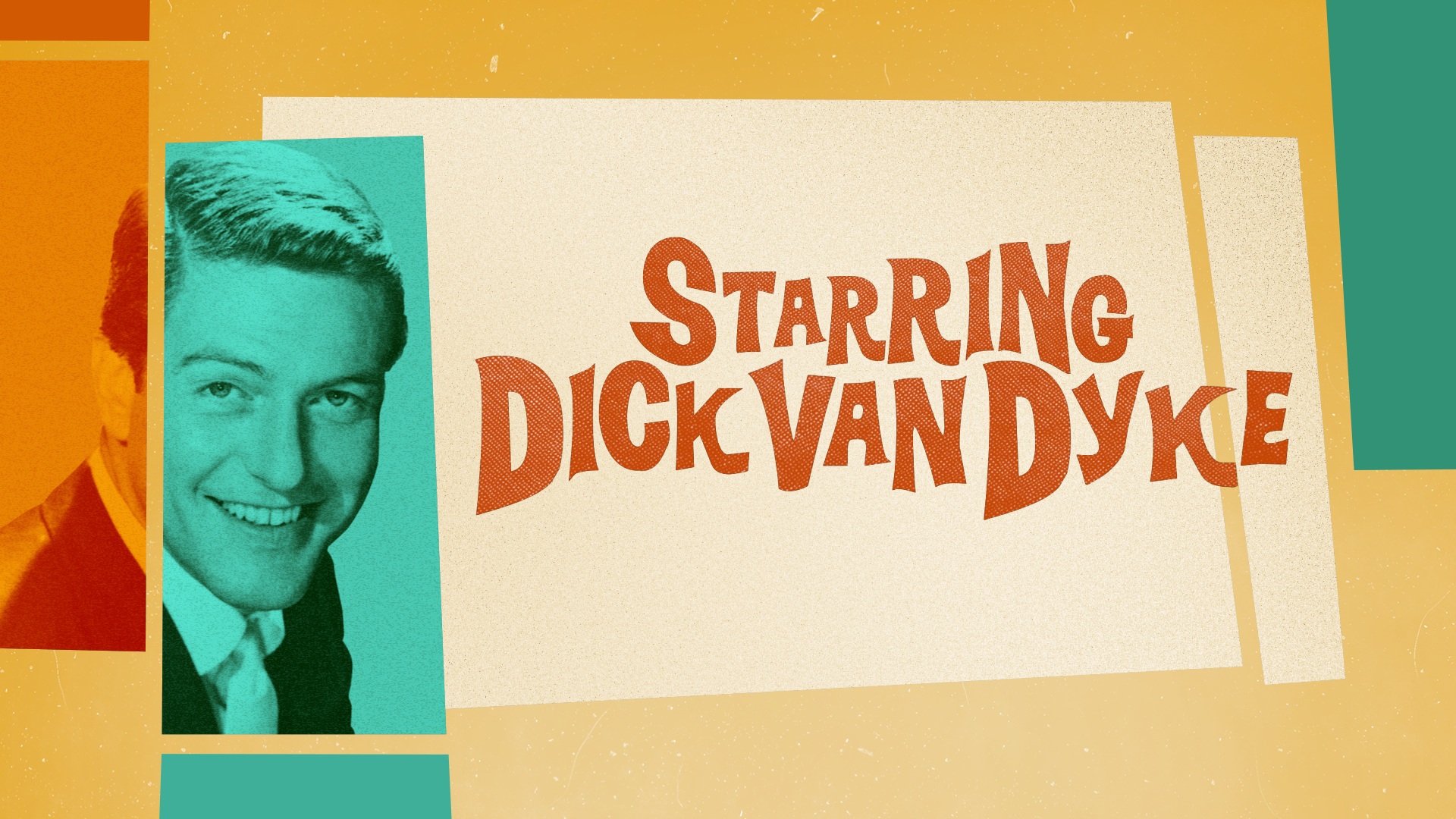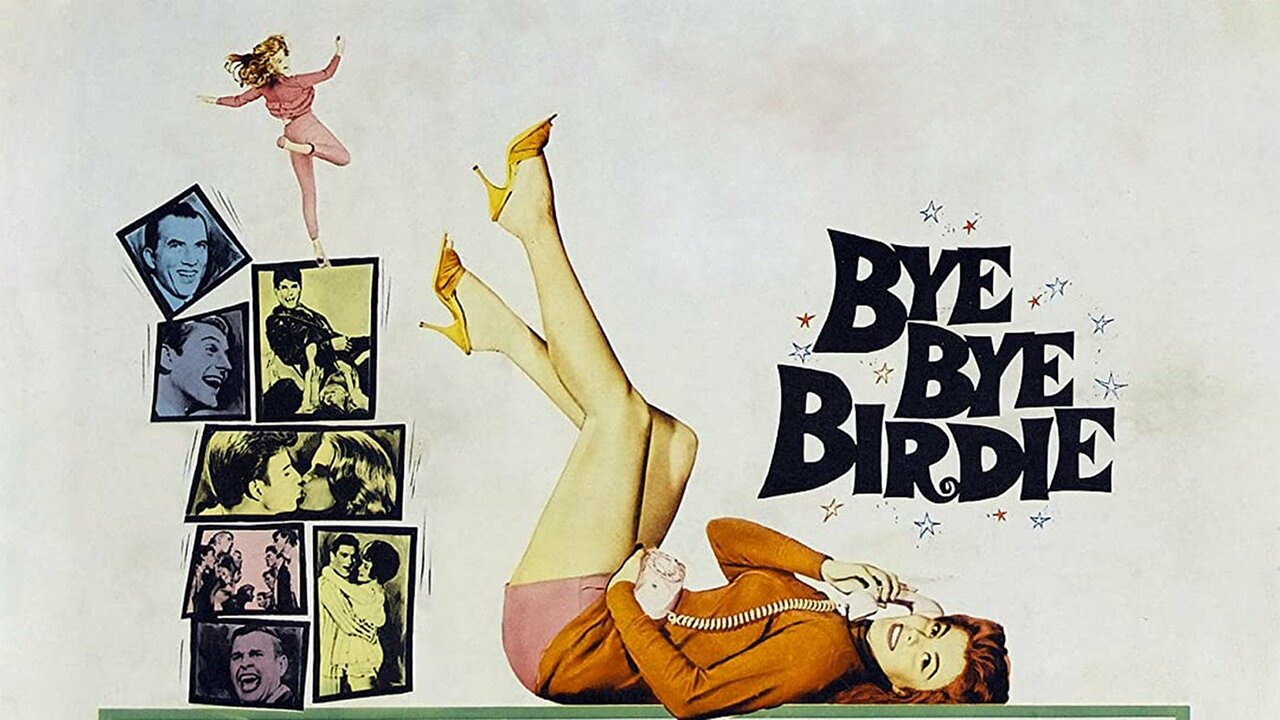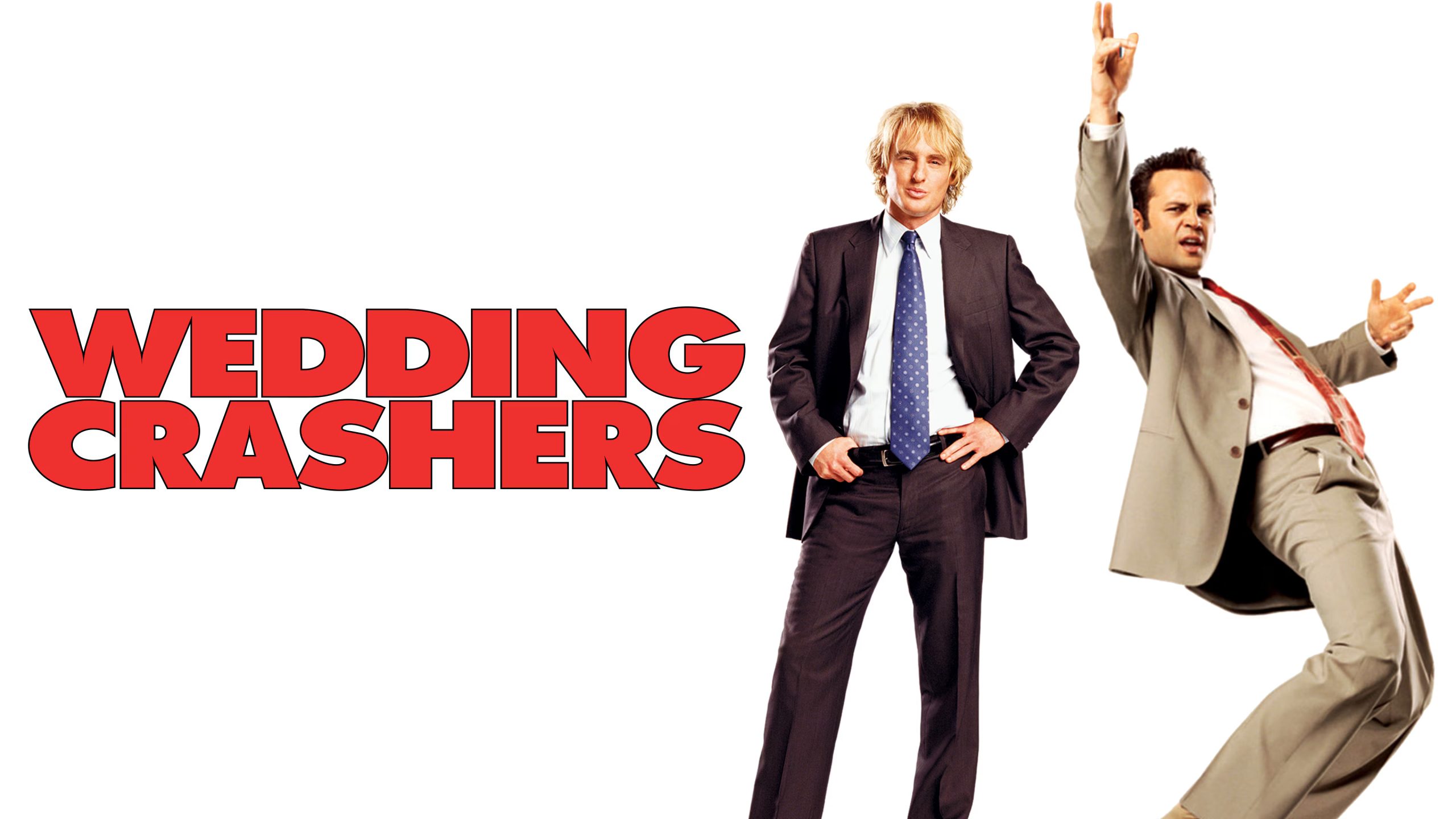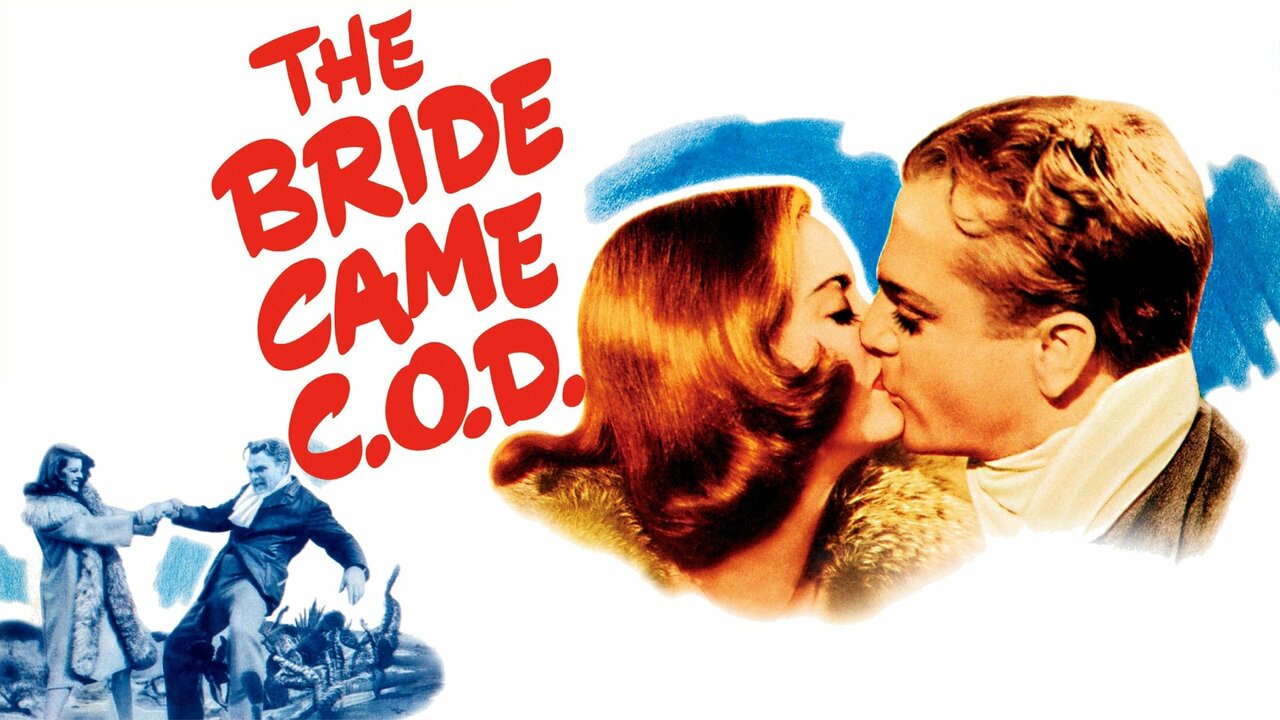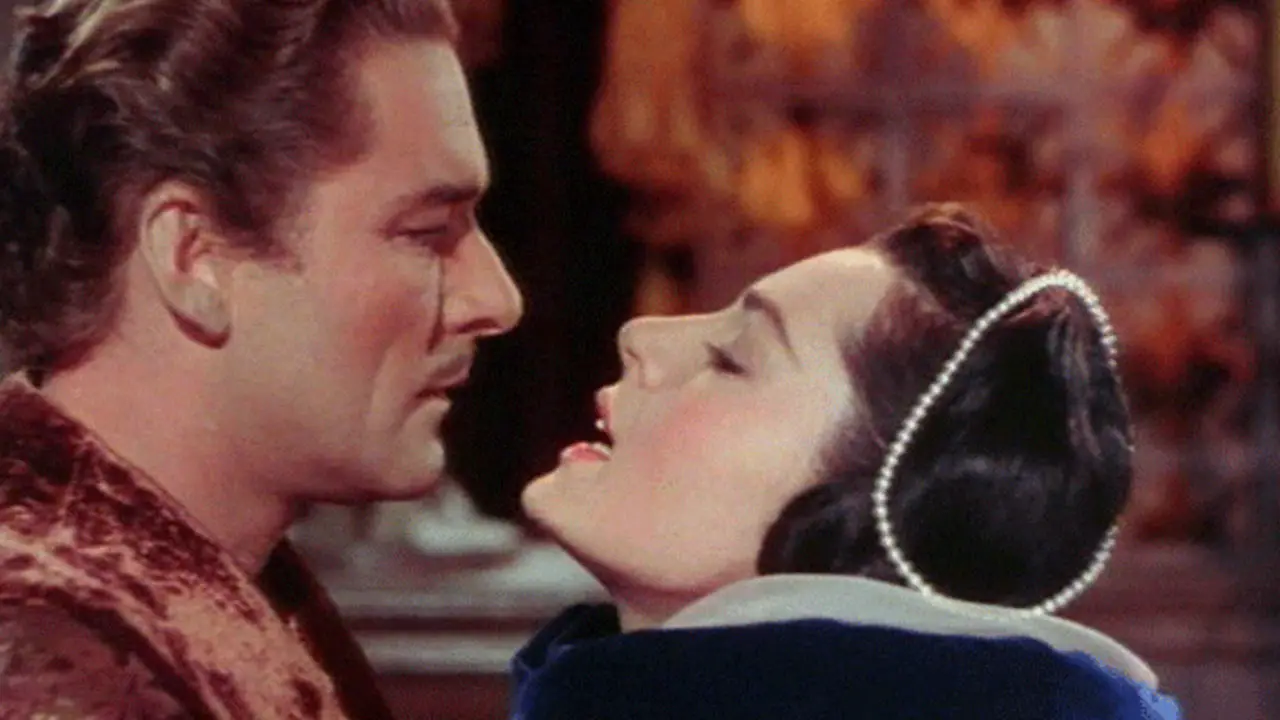
Adventures of Don Juan marks Errol Flynn’s return to the swashbuckler genre after a nine-year absence and it was a hit with audiences.
Well, it depends on the continent. The film did better with European audiences than it did domestically. Flynn was still a popular actor but the studio would lower budget on his films. This was his first film under a new contract with the studio for $225K per film through 1961. But because of his off-set life, Flynn’s career would never repeat the success that came with his Michael Curtiz films. Much like his earlier years with Curtiz, he suffered heading into what would become the last decade of his life. He was in his late 30s while working on the film but he easily looked like he could be nearing 50 at this point. His health caused a few shutdowns during filming. But anyway, Flynn was coming off of a string of both Westerns and war movies. With the European market off limits, period costume dramas weren’t happening.
Sent back from London following a scandal, Spanish noble Don Juan de Maraña (Errol Flynn) accepts a position as a fencing instructor at the Royal Spanish Academy. At the same time, he has his eyes on Queen Margaret (Viveca Lindfors), but she is in a marriage to King Philip III (Romney Brent). This is not going to end well for anyone, is it? I mean, it is a swashbuckler so there is bound to be at least one good fight, right? Well, there is the little matter of Duke de Lorca (Robert Douglas). He wishes to dethrone the royal family and declare war on England. Oh dear. This puts Don Juan in a position to defend both Spain and the Queen. In any event, both Don Juan and the Queen are in love but cannot have each other. He leaves the court to continue his womanizing ways.
I wouldn’t say that Adventures of Don Juan is Flynn’s best film, let alone his best swashbuckler. However, he’s close enough to form that audiences can still have fun while watching. Of course, this depends on how one feels about Don Juan’s womanizing. You probably couldn’t make this film today, at least not without some changes in the approach to the story.
Not surprisingly, they recycle footage from previous films, also shot in Technicolor. One is a chase scene while the other is a procession. Other studios were also guilty of recycling from one film to another. Recycling not withstanding, the Art Direction-Set Decoration, Color would earn an Oscar nomination while the Costume Design, color would win. This is why the film is part of TCM’s 31 Days of Oscar as they devote maybe 14 hours or so to the swashbuckler genre. The programming will also include two other Flynn films, Captain Blood and The Sea Hawk. Like the latter film, Adventures of Don Juan is also available on Blu-ray through the Warner Archive Collection. The picture is beautifully restored in its 1.37:1 presentation.
To Flynn’s benefit, producer Jerry Wald decided it was in their best interest to inject as much wit into the screenplay. It was also a benefit to composer Max Steiner–more on him in a few–as the film plays up the romantic passion. One might think that Steiner delivers a Erich Wolfgang Korngold-esque score but this could not be further from the truth. It is pure Steiner, satiric humor and all. You can tell that the composer is having a lot of fun with the score. Pay attention to the trombone sliding when Don Juan learns a romantic interest is married.
If Jack Warner had his way, Adventures of Don Juan would have even more score! Wald and director Vincent Sherman didn’t like this decision and let him know it. Funny enough, Sherman came around by the time he recorded the film’s audio commentary on the Blu-ray and DVD, saying it “was excellent and perfectly fitted the material.” Sherman continues:
“Max had a sense of the bigness of the film…And he was very cooperative. He knew how to give it the feeling of importance that it needed.”
By the time production got underway, Korngold had retired as a film composer and went back to composing concert music. Swashbucklers were part of his repertoire but there was no bringing him out of retirement. Meanwhile, Max Steiner had been making a name for himself since immigrating to America in 1929 and becoming the father of film music. He went on to score some 300 films, earning 24 Oscar nominations, and winning three Oscars. Suffice it to say. Steiner is one of the most influential composers in cinema history. With Korngold no longer in the picture, asking Steiner to compose the score is the proper thing to do. For what it’s worth, Steiner started out with RKO in 1929 before moving over to Warner Bros. in 1937. He would stay with the studio through 1953.
Even though the film was a return to form for Errol Flynn, Adventures of Don Juan marked the end of an era for both the actor and Warner Bros. Hollywood was changing and studios would have to figure out a way to keep audiences coming back as more families purchased a TV set for their home. The answer would not be found in Flynn and not in the expensive period films that the studio was known for at this point in time. Another blow for studios was the 1948 Paramount Consent Decree. This effectively killed exhibition in a studio’s own theater going forward and thus, the multiplex would be born.
Bonus Features
- Audio commentary by director Vincent Sherman and film historian Rudy Behlmer
- Warner Night at the Movies 1948 Short Subjects Gallery
- Vintage Newsreel (1:07)
- Oscar-nominated Joe McDoakes Comedy Short: So You Want to Be On the Radio (10:47)
- Oscar nominated travel short Calgary Stampede (18:10)
- Classic Cartoon: Hare Splitter (7:09)
- Theatrical Trailer (2:29)
DIRECTOR: Vincent Sherman
SCREENWRITERS: George Oppenheimer and Harry Kurnitz
CAST: Errol Flynn, Viveca Lindfors, with Robert Douglas and Alan Hale, Romney Brent, Ann Rutherford, Robert Warwick, Jerry Austin, Douglas Kennedy
Warner Bros. released Adventures of Don Juan in theaters on December 24, 1948. Grade: 4/5
Please subscribe to Solzy at the Movies on Substack.
